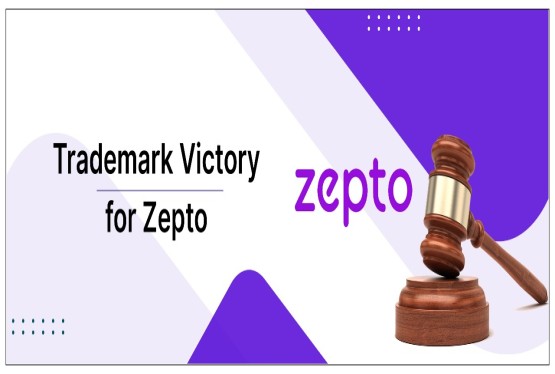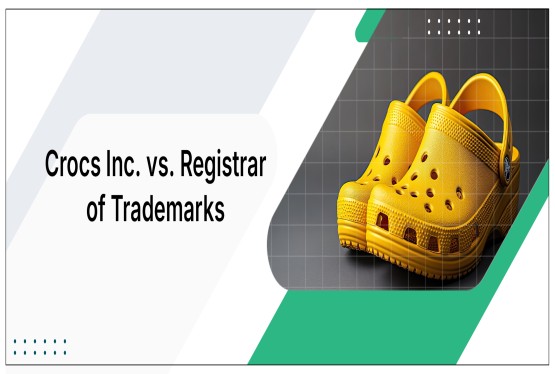In order to protect a brand's identity and guarantee legal protection against infringement, trademark registration is an essential first step. However, a number of situations may come up during the trademark application process that call for adjustments, explanations, or reliefs from the Trademark Registry. One crucial legal instrument for handling such circumstances is the TM-M Interlocutory Petition. Through a TM-M Interlocutory Petition, trademark owners, applicants, and third parties can ask the Registrar of Trademarks to take a variety of steps pertaining to opposition processes, trademark applications, rectifications, renewals, and other administrative changes. Form TM-M offers an organized way to handle such requests, whether they include retrieving abandoned applications, transferring ownership, asking for more time, or fixing clerical errors.
A trademark application may go through a number of procedural adjustments both before and after registration in accordance with the Trade Marks Act of 1999 and the Trade Marks Rules of 2017. By permitting applicants to make the required changes through interlocutory petitions, the Indian Trademark Registry guarantees applicants' flexibility and facilitates easier trademark prosecution and brand protection.
What is a TM-M Interlocutory Petition?
A formal application filed with the Trademark Registry to seek changes, explanations, or particular reliefs pertaining to a registered or pending trademark is known as a TM-M Interlocutory Petition. In a variety of trademark-related court cases, such as opposition, rectification, assignment, renewal, cancellation, and other changes that could be necessary at various points during the trademark lifecycle, this petition is an essential procedural instrument.
An interlocutory petition is a temporary or auxiliary request made during ongoing proceedings to remedy administrative or procedural issues prior to a final decision being rendered in trademark law. To make sure that trademark records are kept accurately and equitably, applicants, trademark owners, and even third parties can ask the Registrar of Trademarks for the required interventions and actions by submitting a TM-M petition.
Purpose of Filing a TM-M Interlocutory Petition
A TM-M Interlocutory Petition can be filed for several reasons, including:
1. Amendments to Trademark Applications – Modifications to applicant details, classification, or description of goods/services.
2. Extension of Time – Seeking additional time for responding to examination reports, oppositions, or other proceedings.
3. Request for Certified Copies – Obtaining official certified copies of trademark documents.
4. Expedited Processing Requests – Requesting faster examination or hearing of an application.
5. Restoration of Trademark Application – Reinstating abandoned or removed trademarks.
6. Assignment or Transmission of Trademarks – Updating ownership details in case of trademark transfer.
7. Opposition and Rectification Matters – Seeking directions or decisions from the Registrar in opposition or rectification cases.
8. Withdrawal of Application – Requesting voluntary withdrawal of a trademark application.
9. Other Special Requests – Any other procedural reliefs related to trademarks.
Legal Provisions Governing TM-M Interlocutory Petitions
The Trade Marks Act, 1999 and Trade Marks Rules, 2017 govern the filing and processing of TM-M petitions. The relevant provisions include:
• Section 57 – Rectification of the Register in cases of error or incorrect trademark entries.
• Rule 36 – Amendment of applications before registration.
• Rule 109 – Filing interlocutory petitions in opposition and rectification matters.
These provisions enable applicants and trademark owners to correct errors, seek clarifications, and ensure compliance with the law.
Procedure for Filing a TM-M Interlocutory Petition
1. Prepare the Application (Form TM-M)
The petitioner must carefully fill out Form TM-M, ensuring accurate details such as:
• Trademark application or registration number.
• Nature of the request (amendment, extension, rectification, etc.).
• Justification for the request with supporting evidence.
2. Attach Supporting Documents
Depending on the type of request, the following documents may be required:
• Power of Attorney (if filed by an agent or attorney).
• Proof of identity and authorization (for ownership changes).
• Previous correspondences or office actions (if applicable).
3. Pay the Prescribed Fee
The prescribed fee for Form TM-M varies depending on the nature of the request. Fees can be paid online through the IP India portal or physically at the concerned Trademark Registry office.
4. Submit the Application
The petition can be filed:
• Online through the IP India website – for quicker processing and acknowledgment.
• Offline at the respective Trademark Registry office – by submitting physical documents.
5. Await Examination and Decision
The Trademark Registrar reviews the petition, and if required, may issue a hearing notice. After review, the request is either approved, modified, or rejected based on legal merit and documentary evidence.
Common Scenarios Where TM-M Interlocutory Petitions are Used
1. Correction of Clerical Errors
Mistakes in trademark applications, such as spelling errors in applicant names, incorrect addresses, or misclassification of goods/services, can be corrected using Form TM-M.
2. Changing the Proprietor’s Name or Address
If a company undergoes rebranding or changes its business address, a TM-M petition ensures the trademark register reflects accurate ownership details.
3. Responding to Trademark Opposition or Rectification
During opposition or rectification proceedings, applicants may require additional time to file counterstatements or evidence. A TM-M petition can be used to seek an extension.
4. Requesting an Adjournment in Trademark Hearings
If a party is unable to attend a scheduled trademark hearing, a TM-M petition can request an adjournment, citing valid reasons.
5. Restoration of Lapsed or Abandoned Trademarks
If a trademark is marked as abandoned due to missed deadlines, a TM-M petition can be filed to request restoration, provided sufficient justification is given.
Conclusion
The TM-M Interlocutory Petition is a crucial tool for trademark applicants and owners to seek modifications, clarifications, and reliefs from the Trademark Registry. Proper filing, legal justification, and adherence to prescribed procedures can ensure that requests are processed smoothly.For businesses and individuals managing trademarks, understanding the TM-M petition process is essential to maintaining trademark rights efficiently and legally.






























_(b)_of_the_Trademark_Act,_1999_(1)_crop10_thumb.jpg)



_crop10_thumb.jpg)




























_crop10_thumb.jpg)
_crop10_thumb.jpg)






_crop10_thumb.jpg)








_crop10_thumb.jpg)
_crop10_thumb.jpg)



_crop10_thumb.jpg)





























_crop10_thumb.jpg)

















_crop10_thumb.jpg)






_crop10_thumb.jpg)












































































































































_crop10_thumb.jpg)



































_crop10_thumb.jpg)












_crop10_thumb.jpg)






















